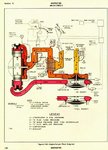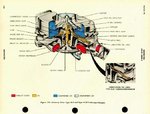<simon>
Airman 1st Class
Howdy all,
I apologise in advance for asking what must seem a stupid and easy question.
Thing is, i dont exactly know how superchargers work. Especially when certain engines have a "2 stage supercharger" etc.
Could someone give me a bit of a lesson? I know the basics of an engine but not a lot when it gets more complicated
Thanks
Simon
I apologise in advance for asking what must seem a stupid and easy question.
Thing is, i dont exactly know how superchargers work. Especially when certain engines have a "2 stage supercharger" etc.
Could someone give me a bit of a lesson? I know the basics of an engine but not a lot when it gets more complicated
Thanks
Simon


